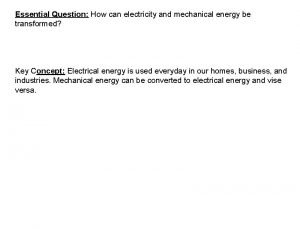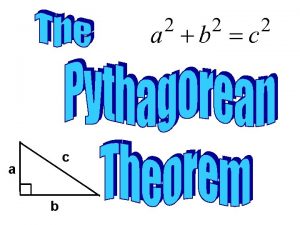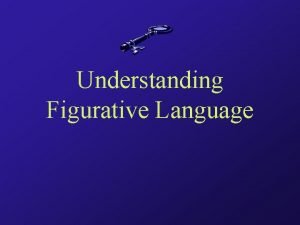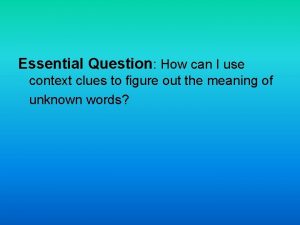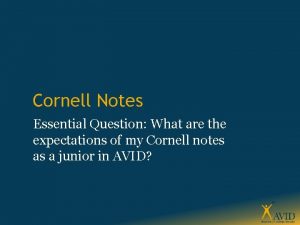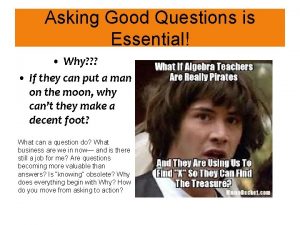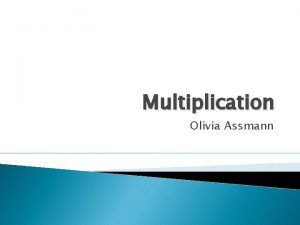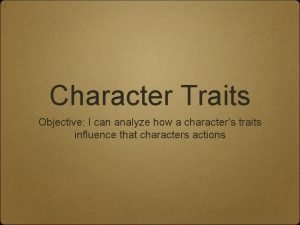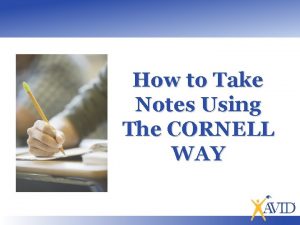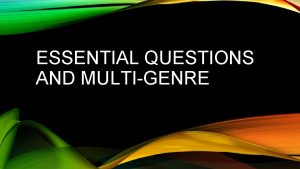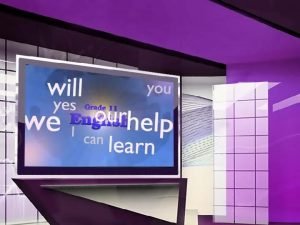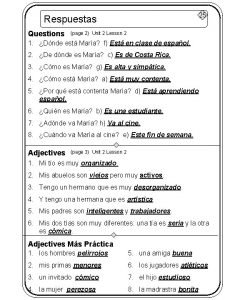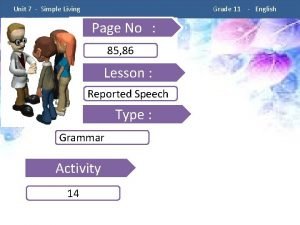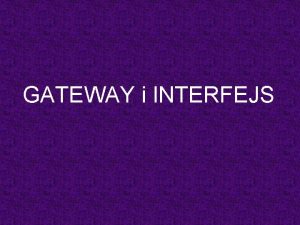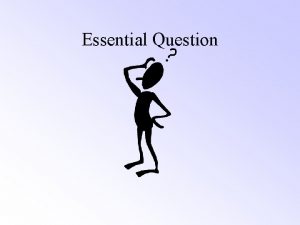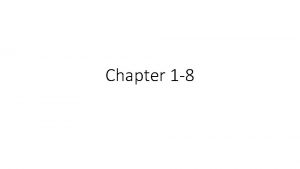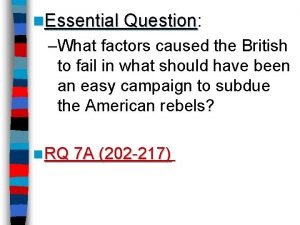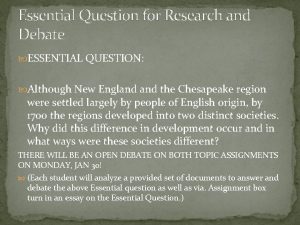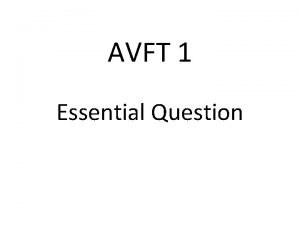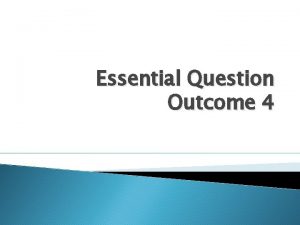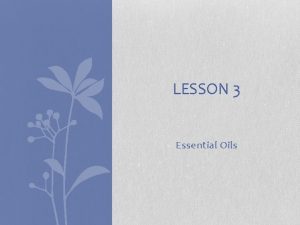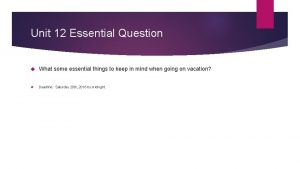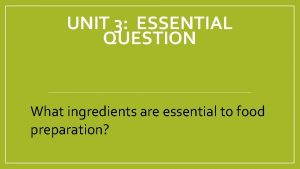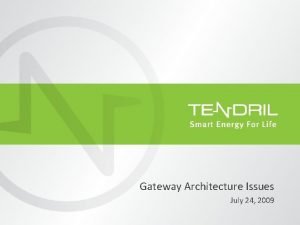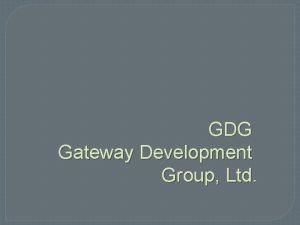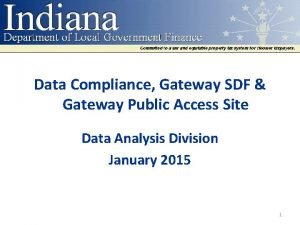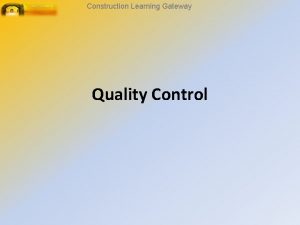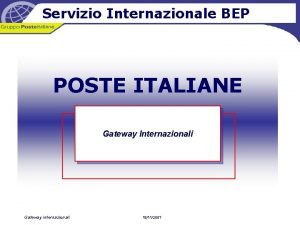Unit 1 Lesson 1 Gateway Lesson Essential Question



























- Slides: 27

Unit 1 Lesson 1 Gateway Lesson: Essential Question and task

Activity 1. 1: Exhibit 1 SREB High School Readiness Course; History Unit 1 Lesson 1 2

Exhibit 2 Nuclear Shadows • The Nuclear Shadow is just like an ordinary light shadow except the light making the shadow was produced by a nearby nuclear explosion that has thousands of times more energy than ordinary light. If you laid out in the sun on the beach wearing a holey pair of jeans, your skin would sunburn where the light came through the hole. This the same thing except the energy was much more severe. If you stood in front of a wall and absorbed the nuclear light and protected the wall with your shadow, the wall would be etched by the energy except where your shadow was located, just like in the jeans example. SREB High School Readiness Course; History Unit 1 Lesson 1 3

After examining the image and learning what a nuclear shadow is. . • What questions are left unanswered? • What are some things you would like to find out? • Record your responses in your Academic Notebooks. SREB High School Readiness Course; History Unit 1 Lesson 1 4

Exhibit 3 Facts about the bomb at Hiroshima • Date: August 6 1945 • Dropped by an American b-29 bomber the Enola Gay • 90% of the city of Hiroshima was instantly destroyed • Approximately 70 - 80, 000 died instantly, tens of thousands died in the following weeks and months from radiation exposure • A second bomb was dropped three days later on Nagasaki, killing approximately another 80, 000 SREB High School Readiness Course; History Unit 1 Lesson 1 5

Introduction of the Essential Question and final Unit task • Essential Question: • What were the political, economic, and social motivations that contributed to the extreme actions taken by the United States, Germany, and Japan during WWII? • This will be the question we will be answering at the end of this first history unit • How will we find answers to this question? • By the end of the unit we will take the information gathered by answering the essential question and use it to complete the final Unit task which will be: • Final Task: • After reading primary and secondary sources on the political, economic, and social motivations contributing to WW II, write an informational/explanatory essay in which you compare and contrast the political, economic, and social motivations that contributed to the extreme actions taken by the United States, Germany, and Japan during WW II. Support your discussion with evidence from the texts. SREB High School Readiness Course; History Unit 1 Lesson 1 6

Activity 1 In your Academic Notebook, write two additional questions you would need to ask before you could begin to answer the essential question. SREB High School Readiness Course; History Unit 1 Lesson 1 7

Lesson 1 Activity 1. 2 What do Historians Do? SREB High School Readiness Course; History Unit 1 Lesson 1

Activity 1. 2 What do Historians do? • Write down what you think historians do in your Academic notebook. • We will refer back to this later. SREB High School Readiness Course; History Unit 1 Lesson 1 9

Activity 1. 3 Reading Like a Historian Documents SREB High School Readiness Course; History Unit 1 Lesson 1

Reading History – What kinds of documents do historians read? Documents are a general term for: • Texts, photographs, cartoons, charts, maps, graphs, letters, newspaper articles • Others? • How would we regard Internet sources? SREB High School Readiness Course; History Unit 1 Lesson 1 11

We can classify documents – use your Academic Notebook chart • Bias – is the document obviously trying to influence the reader(viewer)? Is the author trying to get you to feel a particular way? • Corroboration – what other sources seem to reflect similar information or opinions? What information seems to verify information in other documents? • Primary source – come from the historical time period being studied • Secondary sources – are second hand accounts of historical events SREB High School Readiness Course; History Unit 1 Lesson 1 12

Using Sources Like A Historian • What kinds of sources would we need to find to answer a question? • How do I know which sources are reliable and how do I determine which ones to use for a specific task? • What do I need to consider about the sources of the documents that I use? • Is the internet a good place to find resources? And can I believe everything I find on the internet? SREB High School Readiness Course; History Unit 1 Lesson 1 13

Activity 2 Self -check Check for Understanding Using the graphic organizer in your Academic Notebook, and a list of 9 sources, categorize the list into the graphic organizer. Your graphic organizer will ask you to list one positive and one negative aspect of each source – you might have to think hard about this! SREB High School Readiness Course; History Unit 1 Lesson 1 14

1. 4 Prewriting • First, let’s analyze the task: • Basically, what are you being asked to do? • After reading primary and secondary sources on the political, economic, and social motivations contributing to WW II, write an informational/explanatory essay in which you compare and contrast the political, economic, or social motivations that contributed to the extreme actions taken by the United States, Germany, and Japan during WW II. Support your discussion with evidence from the texts. • The first question that must be answered in order to complete the task is: • What were the political, economic, and social motivations that contributed to the extreme actions taken by the United States, Germany, and Japan during WWII? 15

Steps to Writing a Historical Explanatory Essay • What do you predict will be required to write an historical explanatory essay? • What concerns do you have before attempting to do attempt to answer our essential question? SREB High School Readiness Course; History Unit 1 Lesson 1 16

Elements of the Question • Look at the task question in your Academic notebook • What is the topic? • What are some of the key terms in the question? SREB High School Readiness Course; History Unit 1 Lesson 1 17

How will you answer the question? • Look at the evidence you have linked with the key concept and word and see if you see any themes. • Write them down in your graphic organizer • Do you understand what the question is asking you to do? • What questions do you have before we go on? 18

Brain-storming • Write down your ideas in your student workbook • Now, share your ideas with a partner and add to or adjust what you wrote • Share with class 19

Lesson 1, Activity 4 Activity 1. 5 Reading Historical Texts SREB High School Readiness Course; History Unit 1 Lesson 1

Activity 1. 4 What might be some potential issues with reading an interpretation of a historical event? SREB High School Readiness Course; History Unit 1 Lesson 1 21

The Vocabulary of Historians - Review • What is bias? • Corroboration? • A primary source? • A secondary source? SREB High School Readiness Course; History Unit 1 Lesson 1 22

Reading the Texts and Essential Question (Controlling Topic) • With a partner, you are now going to read four texts. • Remember, the question we are researching is: • What were the political, economic, and social motivations that contributed to the extreme actions taken by the United States, Germany, and Japan during WWII? • As you read the documents, what information is contained within them that would help you answer this question? SREB High School Readiness Course; History Unit 1 Lesson 1 23

As you read, complete the graphic organizer • Try to categorize information from the texts into political, social, economic aspects • Some evidence may fit into more than one category – okay to do this SREB High School Readiness Course; History Unit 1 Lesson 1 24

Now that you have read the Texts, could you tell that each was a • Context Reading from ushistory. org • Context Reading from pbs. org “The American Experience: The Roosevelt's” • Context Reading from American Response to the Holocaust from ushistory. com • Primary source reading from the War Relocation Authority from the Truman Library • How would you corroborate the information from these texts? Are these texts bias in any way? • Complete the accompanying section in your workbook SREB High School Readiness Course; History Unit 1 Lesson 1 25

Reviewing and Revising • What have you learned about how historians research historical events? • Go back to your workbook entry and revise your ideas if necessary about what historians do SREB High School Readiness Course; History Unit 1 Lesson 1 26

What questions do you have at this point? 27
 Costa question levels
Costa question levels Plamatic acid
Plamatic acid Essential questions about figurative language
Essential questions about figurative language The pythagorean theorem
The pythagorean theorem Essential question generator
Essential question generator Essential questions for pythagorean theorem
Essential questions for pythagorean theorem Essential questions for figurative language
Essential questions for figurative language Individual vs. society
Individual vs. society Context clues of essential
Context clues of essential Cornell notes essential question
Cornell notes essential question What makes a question essential
What makes a question essential Essential questions for multiplication
Essential questions for multiplication Essential question gif
Essential question gif External character traits
External character traits What is the cornell way
What is the cornell way Short story essential questions
Short story essential questions Unit 6 review questions
Unit 6 review questions Question words present simple
Question words present simple Clearinghouse probe
Clearinghouse probe Contoh paraphrase
Contoh paraphrase Factor naming questions
Factor naming questions Change these direct questions into indirect
Change these direct questions into indirect Compelling question vs supporting question
Compelling question vs supporting question Compelling question examples
Compelling question examples Right triangle trigonometry
Right triangle trigonometry Grade 11 english poem in myanmar
Grade 11 english poem in myanmar Unit 6 lesson 2 te gusta la parrillada
Unit 6 lesson 2 te gusta la parrillada Grade 11 english pupils book answers
Grade 11 english pupils book answers




